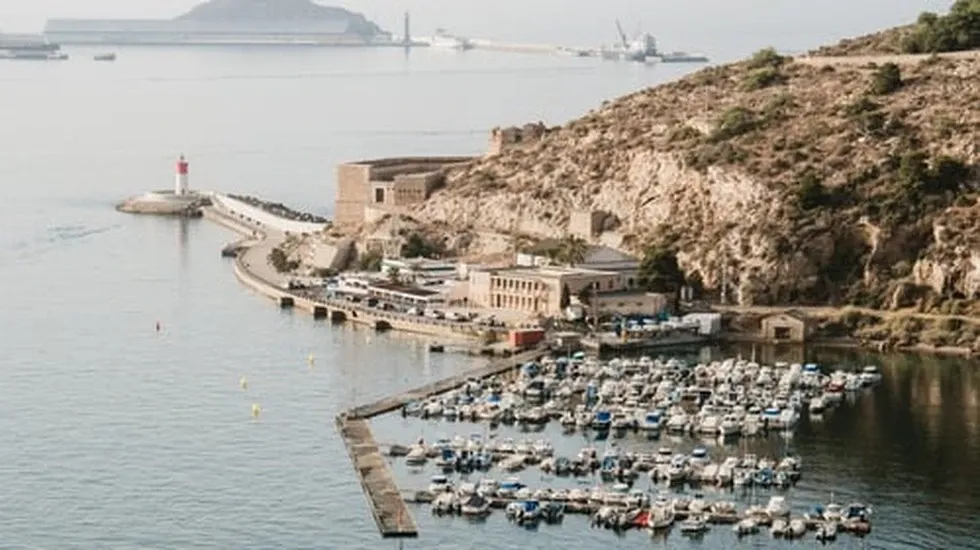





Disclaimer: Copyright infringement is not intended.
Context:
Details:
What is the Port Of Call?
Source:
https://www.reuters.com/world/europe/spain-denied-port-call-ship-carrying-arms-israel-2024-05-16/
|
PRACTICE QUESTION Q.Which of the following best describes the term "port of call"? a) The primary harbor where a ship is registered and licensed. b) A designated location where a ship anchors to load or unload cargo and passengers during a journey. c) A maritime law enforcement agency responsible for regulating shipping activities in a specific region. d) A navigational chart indicating the routes and ports along a maritime trade route. Answer: b) Explanation: A "port of call" refers to a specific destination or location where a ship stops during its journey to load or unload cargo, take on supplies, or embark/disembark passengers. It serves as a temporary docking point along a maritime route. |









© 2025 iasgyan. All right reserved